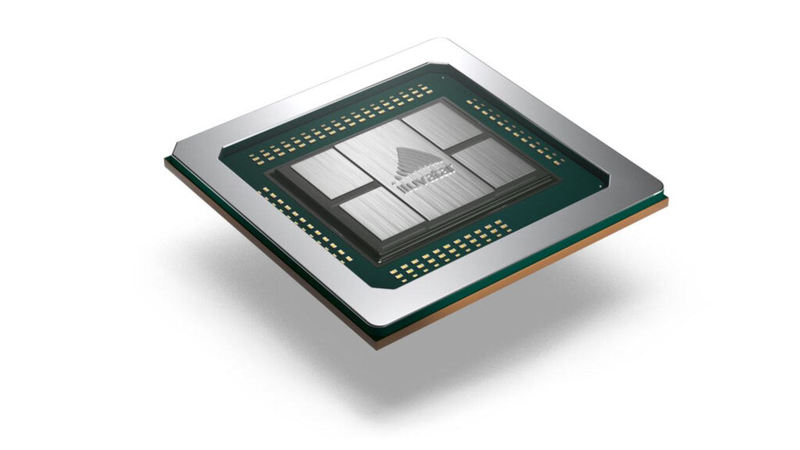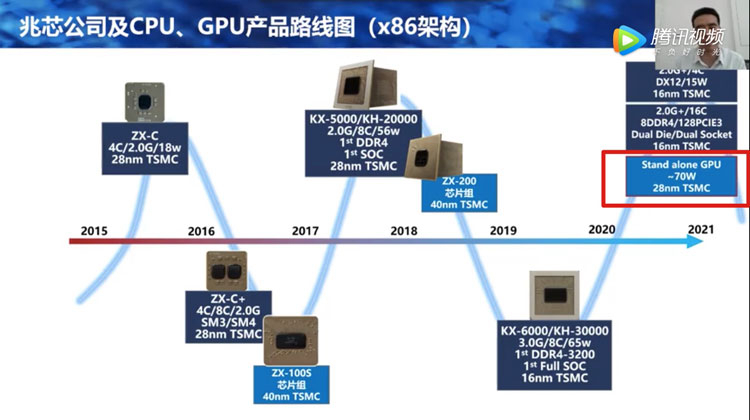
After several Chinese companies found themselves under US sanctions at once, the Chinese government announced a course for import substitution. And among the Chinese this word has acquired a positive connotation - so far everything is working out.
Thus, China is developing its own processors for mobile devices and laptops with PCs, planning to compete on equal terms with other chip manufacturers in a couple of years. And now the Chinese company Zhaoxin Semiconductor has announced modern graphics accelerators based on the 7nm process technology.
What is this company?

It is a joint venture between the once popular Via Technologies and the Chinese government. The company released the KaiXian KX-6780A and KX-U6880A processors last year.
The first of these processors received eight cores of its own design. The processor supported SSE 4.2 and AVX instructions, virtualization and encryption. The operating frequency is about 2.7 GHz, the chip is made using 16-nm technology.
The second processor from the named ones received about the same characteristics, only it is intended for desoldering on the board.
What about graphics?
Apparently, the company felt confident in its abilities and decided to introduce graphics along with the processors. Last year, it announced that it would produce budget chips using the 28nm process technology. At the same time, the thermal package corresponded to 70 W. Due to the sanctions, the company decided not to use the 16nm process technology.
But then something changed, and the same company announced new graphics chips, quite modern ones, made on the basis of their own architecture and a 7-nm technical process.
At the same time, the company does not have its own facilities - it produced all its chips with the help of TSMC. Most likely, the graphics will be prepared by the same company. And the layout is from TSMC - we are talking about 2.5DCoWoS (2.5D chip-on-wafer-on-substrate).
The chip consists of 24 billion transistors. This is more than half the size of NVIDIA A100 with its 54 billion, but still impressive. The chip supports most of the common computation formats, including FP16, FP32, INT32, and bfloat16. Peak graphics performance - 147 teraflops.

The company did not present its own graphics chips all of a sudden - their development has been underway since 2018. The first prototypes were ready last year. Now the company is convinced of the reliability of the graphics chips and announced them. Production will begin this year.
